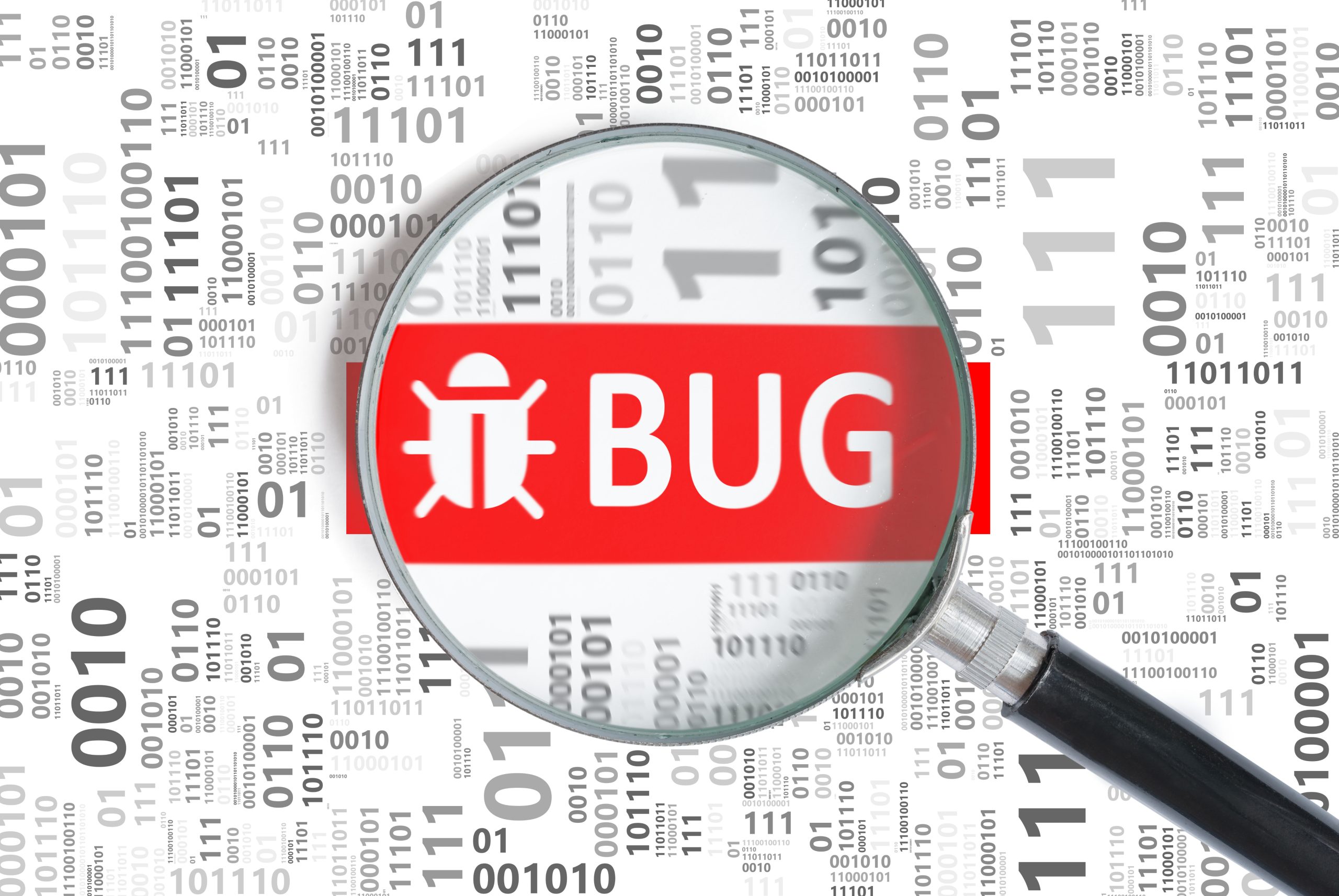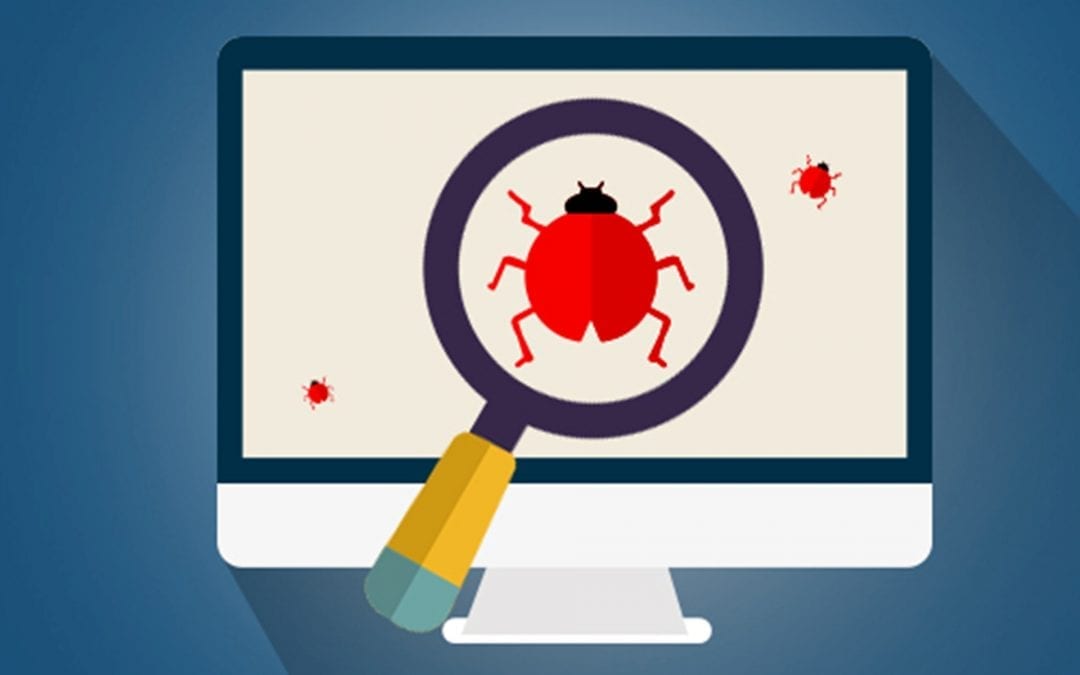Addressing the Most Common Software Bugs and Glitches

Introduction
Software bugs and glitches are inevitable in the world of technology. No matter how well-designed and thoroughly tested a software application may be, there is always a possibility of encountering unexpected issues. These bugs and glitches can range from minor inconveniences to major disruptions, causing frustration for both users and developers.
In this blog post, we will explore some of the most common software bugs and glitches that developers often come across. Understanding these issues and learning how to address them effectively can greatly improve the quality and reliability of software applications.
2. Null Pointer Exception
A null pointer exception occurs when a program tries to access a variable or object that has not been initialized. This can lead to crashes and unexpected behavior. To address this issue, developers should always check for null values before accessing variables and use proper error handling techniques.
3. Infinite Loop
An infinite loop occurs when a program gets stuck in a loop and keeps executing the same set of instructions indefinitely. This can consume excessive resources and cause the program to become unresponsive. To fix this, developers should carefully review their code and ensure that there are proper exit conditions in loops.
4. Memory Leaks
Memory leaks happen when a program fails to release memory that is no longer needed. Over time, this can lead to a depletion of available memory and cause the program to crash. Developers should use appropriate memory management techniques, such as deallocating memory after use, to prevent memory leaks.
5. Race Conditions
Race conditions occur when multiple threads or processes access shared resources simultaneously, leading to unpredictable results. To address this, developers should use synchronization techniques, such as locks or semaphores, to ensure that only one thread can access the shared resource at a time.
6. Input Validation
Improper input validation can lead to security vulnerabilities and unexpected behavior. Developers should validate all user inputs to prevent issues like SQL injection or buffer overflow attacks. Implementing input validation techniques, such as regular expressions or input sanitization, can help mitigate these risks.
7. Compatibility Issues
Software running on different platforms or versions may encounter compatibility issues. To address this, developers should thoroughly test their software on various platforms and versions to ensure compatibility. Additionally, following industry standards and best practices can help minimize compatibility issues.
Summary
Software bugs and glitches can have a significant impact on the user experience and the overall functionality of an application. It is crucial for developers to be aware of the most common issues and have strategies in place to address them promptly. This blog post will cover various types of bugs and glitches, including:
- Null pointer exceptions
- Memory leaks
- Crashes and freezes
- Compatibility issues
- Security vulnerabilities
For each type of bug or glitch, we will discuss the potential causes, symptoms, and effective troubleshooting techniques. By understanding these common issues and implementing best practices, developers can minimize the occurrence of bugs and glitches, lead review ing to more stable and reliable software applications.

- Q: What are software bugs and glitches?
- A: Software bugs and glitches refer to errors or flaws in computer programs that cause them to behave unexpectedly or produce incorrect results.
- Q: What are the most common causes of software bugs and glitches?
- A: Common causes include coding errors, inadequate testing, compatibility issues, hardware or software failures, and incorrect input or usage by users.
- Q: How can I prevent software bugs and glitches?
- A: To prevent bugs and glitches, follow best coding practices, perform thorough testing, use automated testing tools, keep software and hardware up to date, and provide clear instructions to users.
- Q: How can I identify and fix software bugs and glitches?
- A: Use debugging tools to identify the root cause of the issue, analyze error messages or logs, and apply appropriate fixes such as code patches, updates, or configuration changes.
- Q: What are some common types of software bugs and glitches?
- A: Common types include logic errors, memory leaks, race conditions, input validation issues, compatibility problems, and user interface inconsistencies.
- Q: How can I report a software bug or glitch to developers?
- A: Check if there is a designated bug reporting system or contact the software developer directly. Provide detailed information about the issue, steps to reproduce it, and any relevant error messages or logs.
- Q: Can software bugs and glitches lead to security vulnerabilities?
- A: Yes, certain bugs and glitches can create security vulnerabilities that may be exploited by attackers. It is important to promptly address and fix such issues to ensure the security of the software.

Hello, I’m Brayden Denman, a passionate and experienced Mobile App Developer specializing in Cloud Computing, Software Development, Mobile App Integration, and AI & Machine Learning. With a strong background in these fields, I strive to create innovative and user-friendly solutions that meet the ever-evolving needs of businesses and individuals.
Introduction Software bugs and glitches are inevitable in the world of technology. No matter how well-designed and thoroughly tested a software application may be, there is always a possibility of encountering unexpected issues. These bugs and glitches can range from minor inconveniences to major disruptions, causing frustration for both users and developers. In this blog…

Hello, I’m Brayden Denman, a passionate and experienced Mobile App Developer specializing in Cloud Computing, Software Development, Mobile App Integration, and AI & Machine Learning. With a strong background in these fields, I strive to create innovative and user-friendly solutions that meet the ever-evolving needs of businesses and individuals. Read More.
Recent Posts
- Challenges in Cross-Platform Digital Asset Search and Retrieval
- The Role of AI in Enhancing Digital Asset Retrieval
- Implementing Automation in Digital Asset Recovery Processes
- Digital Asset Retrieval: Addressing Security and Privacy Concerns
- Optimizing Metadata for Quicker Digital Asset Discovery
- Overcoming Barriers in Searching and Accessing Digital Assets
- Best Practices for Efficient Digital Asset Retrieval
- Harnessing the Power of Deep Learning: A Beginner’s Guide
- Scalability Issues in Large-Scale Machine Learning Projects
- Navigating the Ethical Challenges of AI Implementations
